3D Printing Buildings Becoming a New Trend in Future Architecture
The architectural industry is on the brink of a revolution, with 3D printing technology poised to reshape the way we design, construct, and inhabit buildings. Over the last decade, 3D printing has transitioned from a novelty in manufacturing to a practical tool for creating large-scale structures. From sustainable housing to rapid construction of complex designs, the potential of 3D printing is vast, and its impact on future architecture is only beginning to be realized. This article explores how 3D printing is becoming a new trend in architecture and what it means for the future of building construction.
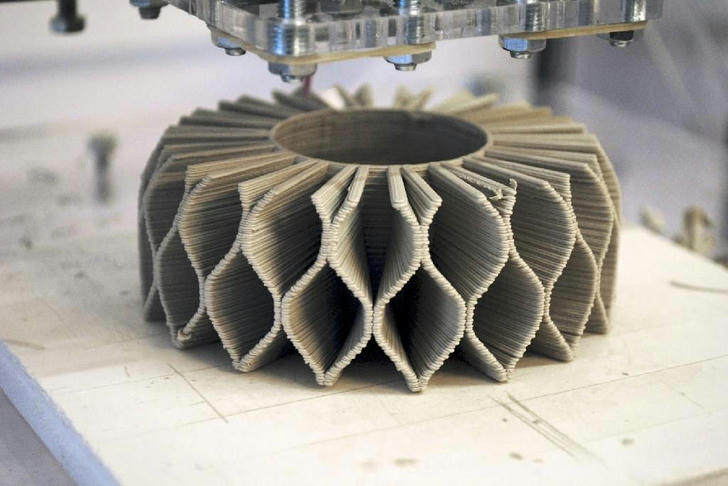
The Basics of 3D Printing in Architecture
3D printing, or additive manufacturing, is a process in which materials are deposited layer by layer to create three-dimensional objects based on a digital model. In the context of architecture, 3D printing uses construction materials like concrete, plastic, or composite substances to build entire structures or components.
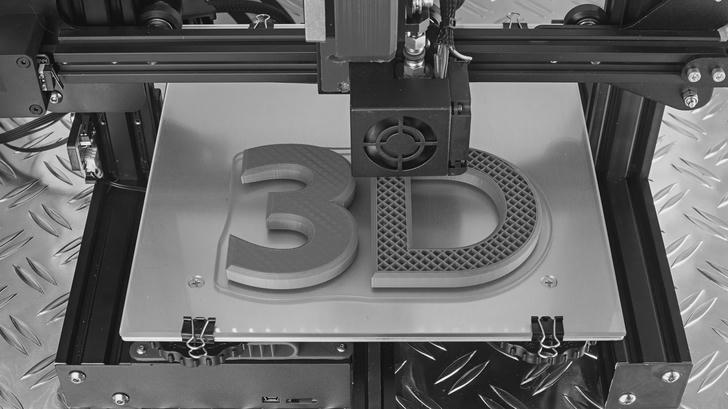
There are several types of 3D printers designed specifically for construction. One of the most common is the gantry system, which moves along predefined axes to lay down building materials. Robotic arms, extrusion machines, and specialized mobile printers are also utilized to print larger structures.
Advantages of 3D Printing in Construction
1.Speed: One of the most significant benefits of 3D printing is its ability to drastically reduce construction time. Traditional building methods can take weeks or months, whereas a 3D-printed house can be completed in just a few days. This rapid process is particularly valuable for emergency shelters, disaster relief housing, or large-scale projects where time is critical.
2.Cost Efficiency: 3D printing reduces the need for manual labor and minimizes material waste. With construction costs often driven up by labor expenses and material inefficiencies, 3D printing offers a more affordable alternative. The ability to print structures directly on-site also eliminates transportation costs for building materials.
3.Design Flexibility: The technology allows for unprecedented creativity in architectural design. Complex geometries, organic shapes, and intricate patterns that would be time-consuming or impossible with traditional methods can be achieved easily with 3D printing. Architects can push the boundaries of design with this new freedom.
4.Sustainability: Sustainability is a crucial aspect of modern architecture. 3D printing aligns well with this focus by reducing waste, lowering carbon emissions, and enabling the use of environmentally friendly materials. For example, recycled materials or locally sourced resources can be used in the printing process, contributing to greener construction practices.
Current Applications of 3D Printing in Architecture
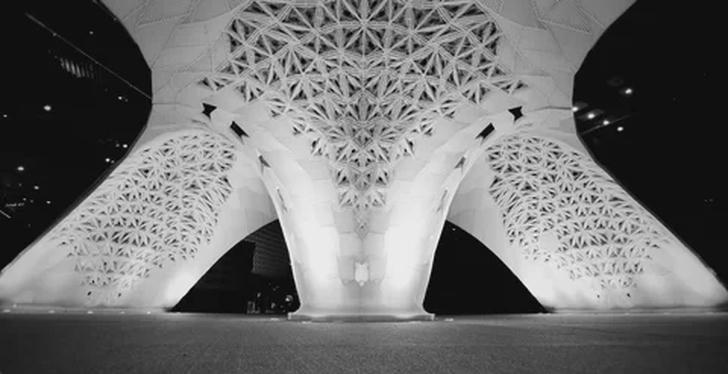
Residential Housing
3D printing technology is already being used to construct homes in various parts of the world. In 2018, a Texas-based company, ICON, made headlines by printing a 650-square-foot house in less than 24 hours for under $10,000. This breakthrough in affordable housing has sparked interest in how 3D printing can address the global housing crisis.
Countries like Mexico and the Netherlands are also exploring the use of 3D printing for low-income housing projects. In some areas, 3D printing offers a solution for rapidly growing populations that need cost-effective, quickly built homes.
Public Infrastructure
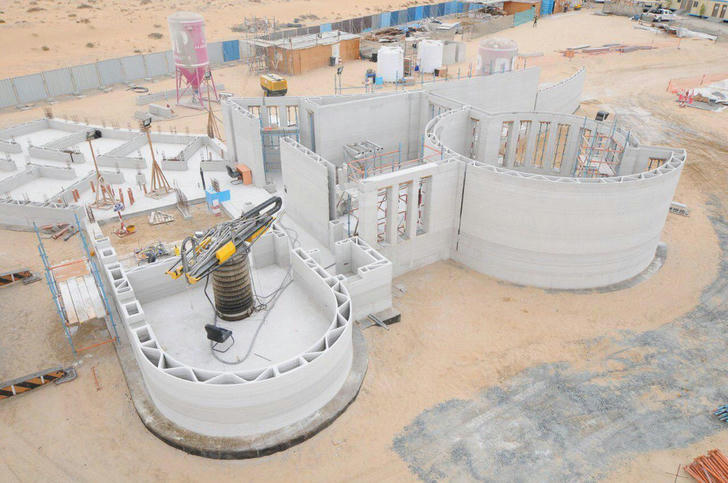
Beyond residential homes, 3D printing is being used for public infrastructure projects. Bridges, parks, and public pavilions are among the structures that have been successfully printed. For example, in 2016, the first 3D-printed bridge was completed in Madrid, Spain. Constructed from micro-reinforced concrete, the bridge serves as a prototype for how urban infrastructure can be built more efficiently using 3D printing.
Complex Architectural Designs
For architects looking to push the boundaries of form and function, 3D printing allows for intricate designs that would be difficult or impossible to create with traditional methods. The ability to print complex, customized shapes without additional labor or expense opens new possibilities for futuristic designs. This trend has already begun to influence the construction of experimental buildings and artistic installations around the world.
Disaster Relief
In disaster-stricken areas, where traditional construction may be too slow to meet urgent needs, 3D printing provides a quick and reliable solution. Emergency shelters and medical facilities can be printed in a matter of days, allowing relief efforts to focus on rebuilding communities more rapidly.
Challenges Facing 3D Printing in Architecture
While the potential of 3D printing in architecture is enormous, the technology still faces several challenges before it can become a mainstream method for building construction.
Material Limitations
Currently, the materials available for 3D printing buildings are limited, particularly in terms of structural integrity. Most 3D-printed structures are made from concrete, but there is a growing need to develop more diverse, sustainable, and durable materials that can stand up to various environmental conditions and loads over time.
Regulatory Barriers
As with any emerging technology, regulatory approval and building codes are significant hurdles for 3D printing in architecture. Most building regulations are based on traditional construction methods, which means new rules and standards will need to be developed to ensure the safety and reliability of 3D-printed buildings.
Scalability
While 3D printing has shown promise in smaller projects, scaling up to larger, multi-story buildings is still in its infancy. The size and scope of the equipment required to print large structures can present logistical challenges, particularly in densely populated urban areas. For 3D printing to have a widespread impact on the construction industry, further advancements will need to address these scalability issues.
Adoption by the Construction Industry
Despite the advantages, many in the construction industry are slow to adopt 3D printing due to a lack of familiarity, concerns about costs, and the need to invest in new equipment and training. Overcoming these barriers will require collaboration between technology companies, architects, contractors, and policymakers.
The Future of 3D Printing in Architecture
Despite the challenges, the future of 3D printing in architecture looks promising. As the technology evolves, its potential applications will expand, making it an increasingly attractive option for various sectors of the construction industry.
Mass Customization
One of the most exciting prospects of 3D printing is the ability to offer mass customization. In contrast to traditional construction methods, which often rely on standardized components, 3D printing allows for tailored designs that meet the specific needs and preferences of individual clients. This could lead to a future where homes and buildings are no longer limited by conventional designs but are instead unique creations that reflect personal tastes and functional requirements.
Smart Cities and 3D Printing
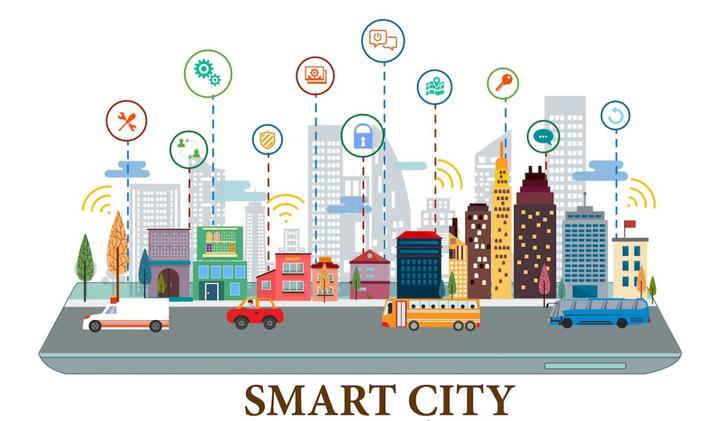
As cities become smarter and more connected, 3D printing is expected to play a crucial role in urban development. Smart cities, which integrate digital technologies into infrastructure and services, could benefit from 3D-printed buildings that are designed for energy efficiency and sustainability. With the potential to incorporate sensors, renewable energy systems, and smart technology directly into the building process, 3D printing could help create more responsive and adaptable urban environments.
Collaboration Between Robotics and 3D Printing
The combination of robotics and 3D printing is another area with enormous potential. Autonomous robots equipped with 3D printing capabilities could be used to construct buildings in remote locations, extreme environments, or even on other planets. NASA, for instance, has explored the idea of using 3D printing to construct habitats on the Moon or Mars, using materials found on the surface of these celestial bodies. This kind of technology could revolutionize space architecture and open up new possibilities for construction in previously inaccessible areas.
Conclusion
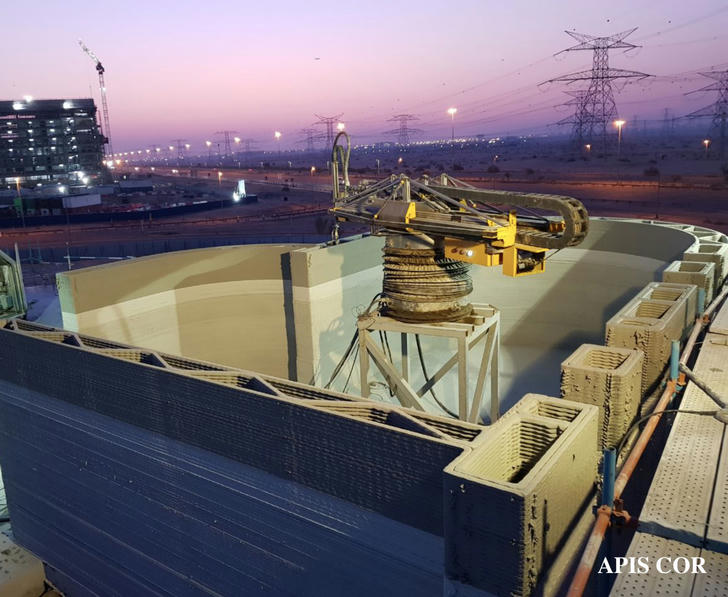
3D printing is rapidly gaining traction as a transformative force in the architectural world. Its ability to reduce construction time, lower costs, and expand design possibilities makes it a compelling solution for the challenges facing the industry today. While there are still hurdles to overcome, the trend toward 3D printing in architecture is undeniable, and its impact will continue to grow as technology advances.
From affordable housing and disaster relief to futuristic designs and smart cities, 3D printing has the potential to revolutionize the way we think about buildings and construction. As architects, engineers, and builders embrace this new technology, the skyline of the future will likely be shaped by the innovation and creativity made possible through 3D printing. The question is not if but when 3D printing will become a dominant force in architectural design, ushering in a new era of construction for the 21st century and beyond.
